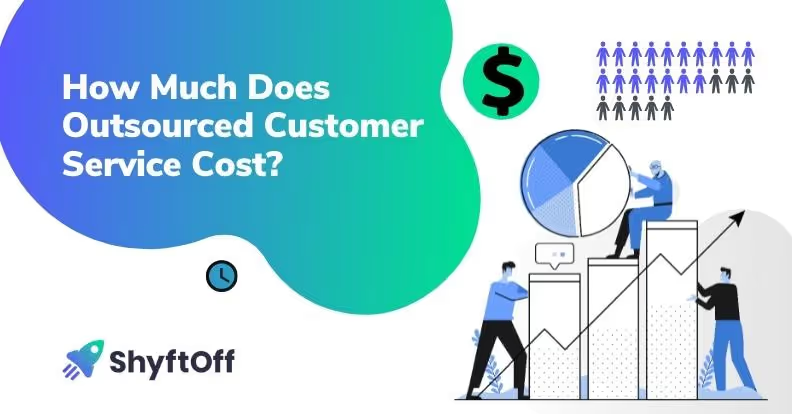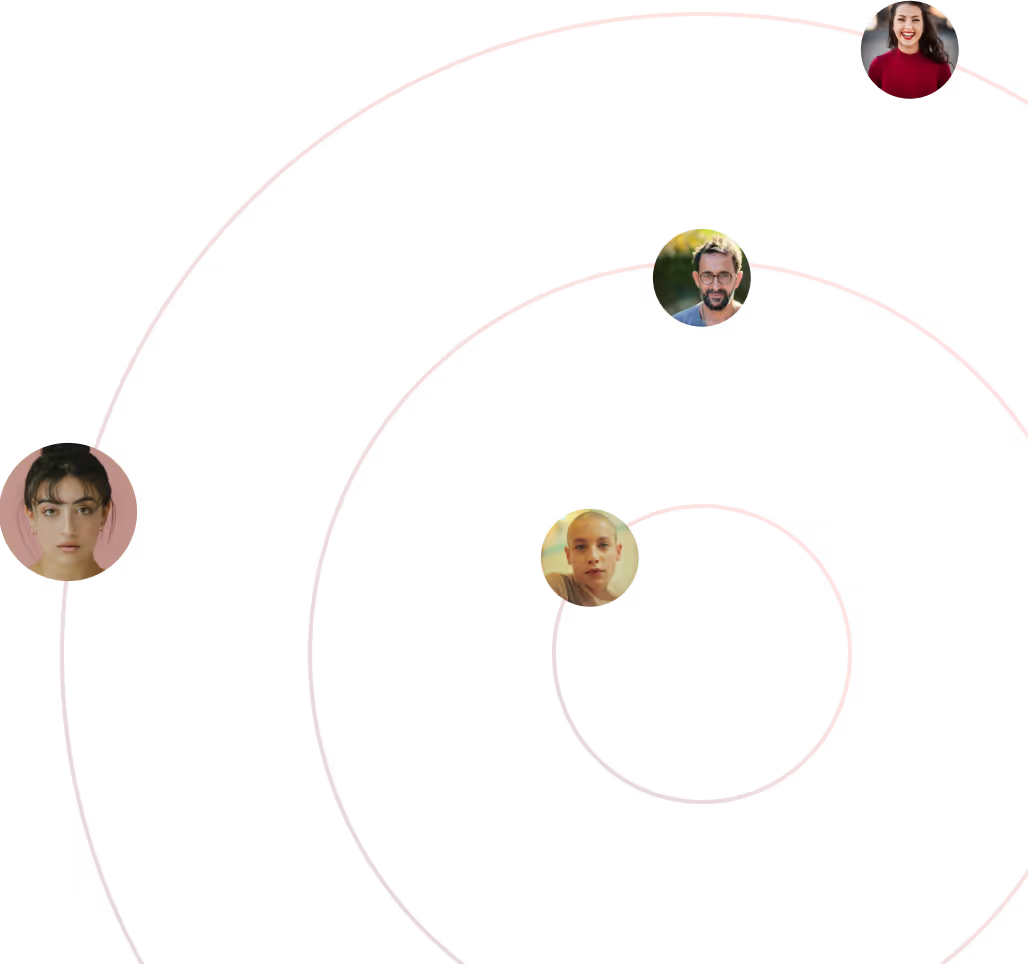In the intricate web of customer service, contact centers emerge as the nerve centers. They are the heartbeat that maintains the rhythm of customer satisfaction. And while metrics like First Call Resolution (FCR) or Average Handle Time (AHT) are often at the forefront, shrinkage tends to lurk in the shadows, silently depleting resources and capital.
Do you know the true cost of your contact center’s shrinkage? Shrinkage, the unproductive time your contact center pays for, can quickly become one of the biggest expenses in your contact center. While shrinkage isn’t entirely inevitable, it’s important for contact center operators to keep these expenses top of mind as they can become very costly very quickly.
Decoding Shrinkage
At its core, shrinkage can be defined as the time agents are compensated for but aren't contributing to customer interactions. This includes breaks, ongoing training sessions, team meetings, or unplanned absences. Research from the Call Centre Helper suggests that typical contact centers might witness shrinkage rates of 20% to 35%. While this might seem normal, the opportunity costs can be profound.
To illustrate, consider a contact center with 100 agents and a shrinkage rate of 25%. This means only 75 agents are actively serving customers, even though the costs associated with all 100 agents are ongoing. This misalignment, if unchecked, can manifest as a significant financial burden over time.
The Multi-Dimensional Impact of Shrinkage
Operational Costs: On the surface level, the true costs of shrinkage directly impact what you’re paying in salaries. For every moment an agent isn't available, you're incurring expenses without deriving value. If 25 agents are regularly unproductive, that's 25% of your wage bill not producing returns.
Opportunity Costs: Beyond the direct costs, there's an underlying layer of lost opportunities. Each minute an agent is unavailable is a minute when a customer might switch to a competitor or when a potential sale fades away. In a study by Forrester Research, even a minute's delay can lead to a significant drop in conversion rates.
Customer Satisfaction: In an era where customer loyalty is hard-earned, longer wait times due to unavailable agents can erode trust. According to insights by Customer Think, for every added minute a customer is kept waiting, their overall satisfaction diminishes noticeably. This can lead to churn and negative word-of-mouth publicity.
Operational Disruptions: Shrinkage can disrupt the flow of operations. If agents are frequently unavailable, it puts additional pressure on those who are available. This can lead to burnout, errors, and decreased morale, further exacerbating the shrinkage problem.
The GigCX Revolution
So, how can contact centers solve the costs of shrinkage? Adopting GigCX. By integrating the dynamics of the gig economy, GigCX offers an on-demand approach to staffing, presenting a potential antidote to shrinkage. Here’s why:
Pay for True Productivity: Traditional models are typically defined by fixed schedules and, by design, inherently suffer from shrinkage. GigCX, with its adaptive nature, allows for a model where you compensate based on actual, tangible work. Every penny spent corresponds to an agent attending to a customer.
Dynamic Staffing Solutions: GigCX isn’t just about cost-saving; it’s about flexibility. Unexpected spikes in call volumes? GigCX allows you to upscale operations on demand. Conversely, during lulls, you can downscale without carrying the weight of unproductive agents.
Resource Optimization: Training is essential. However, instead of generic cohort-style training, gig agents can train through self-paced earning. Proficiency and responsiveness are metrics a GigCX model measures to reward the most qualified agents with opportunities to work on partner campaigns. This enables contact centers to save time and resources spent when leveraging a typical training model. Additionally, because gig agents are experienced professionals, they can be trained for specific scenarios, peak times, or events. This ensures not just effective resource utilization but also high-quality, specialized service during crunch times.
Unwavering Service Quality: A common misconception is that gig agents might compromise on service quality. But, equipped with the right tools, training, and motivation, they stand shoulder-to-shoulder with full-time agents. At ShyftOff, our agents often times perform better than our partner’s W-2 agents. In fact, the flexibility of gig work might enhance agent satisfaction, which often translates to better customer interactions.
To wrap it up, while shrinkage might be an inherent flaw of traditional contact centers, it's not an unsolvable problem. With innovations like GigCX, contact centers can not only navigate the challenges of shrinkage but also thrive in an environment that demands adaptability, efficiency, and unwavering customer satisfaction. As the landscape of customer service undergoes rapid transformation, those willing to adapt will emerge as the true champions of customer experience.
To learn more about other challenges GigCX solves for contact centers, check out these resources:
- Future of Contact Center Podcast Episode 3: An Inside Look at the ROI of GigCX
- How Does GigCX Find the Right Talent for Complex Work?
- 3 Reasons On-Demand Contact Centers Are the New Gold Standard
Let’s make this holiday season your easiest one yet. Get started with your GigCX pilot this week. Contact our team to get started.






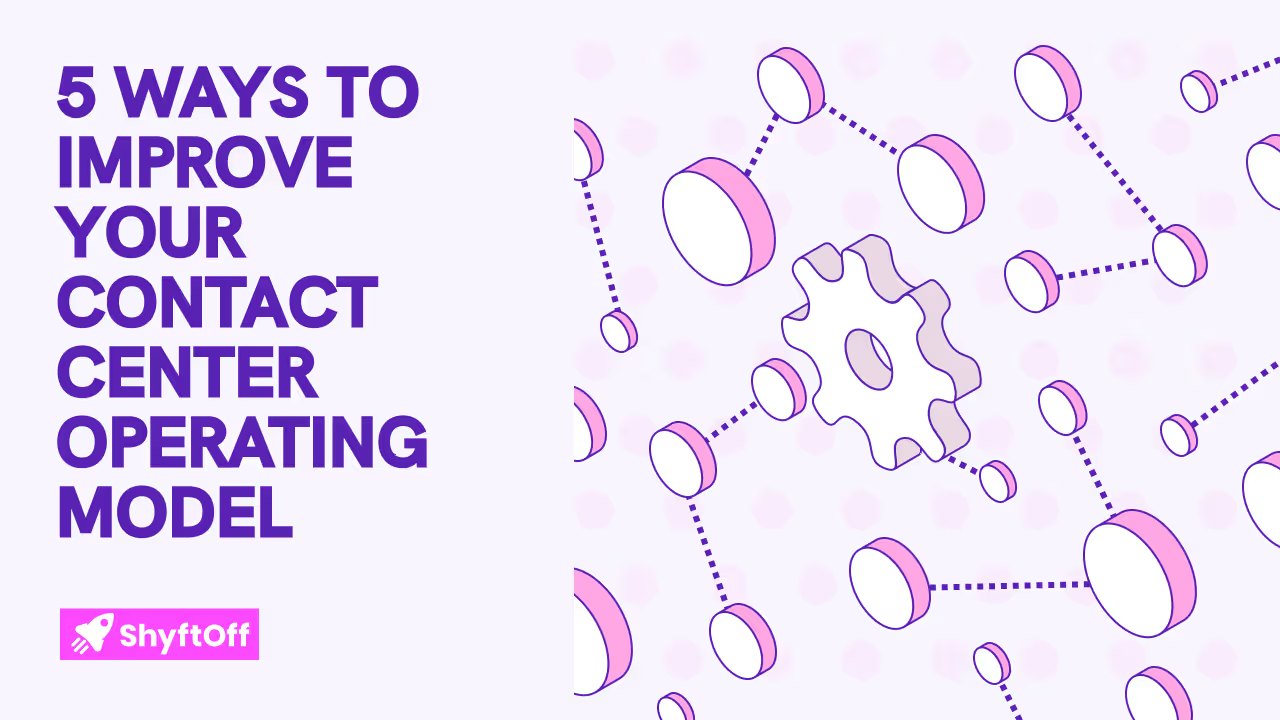
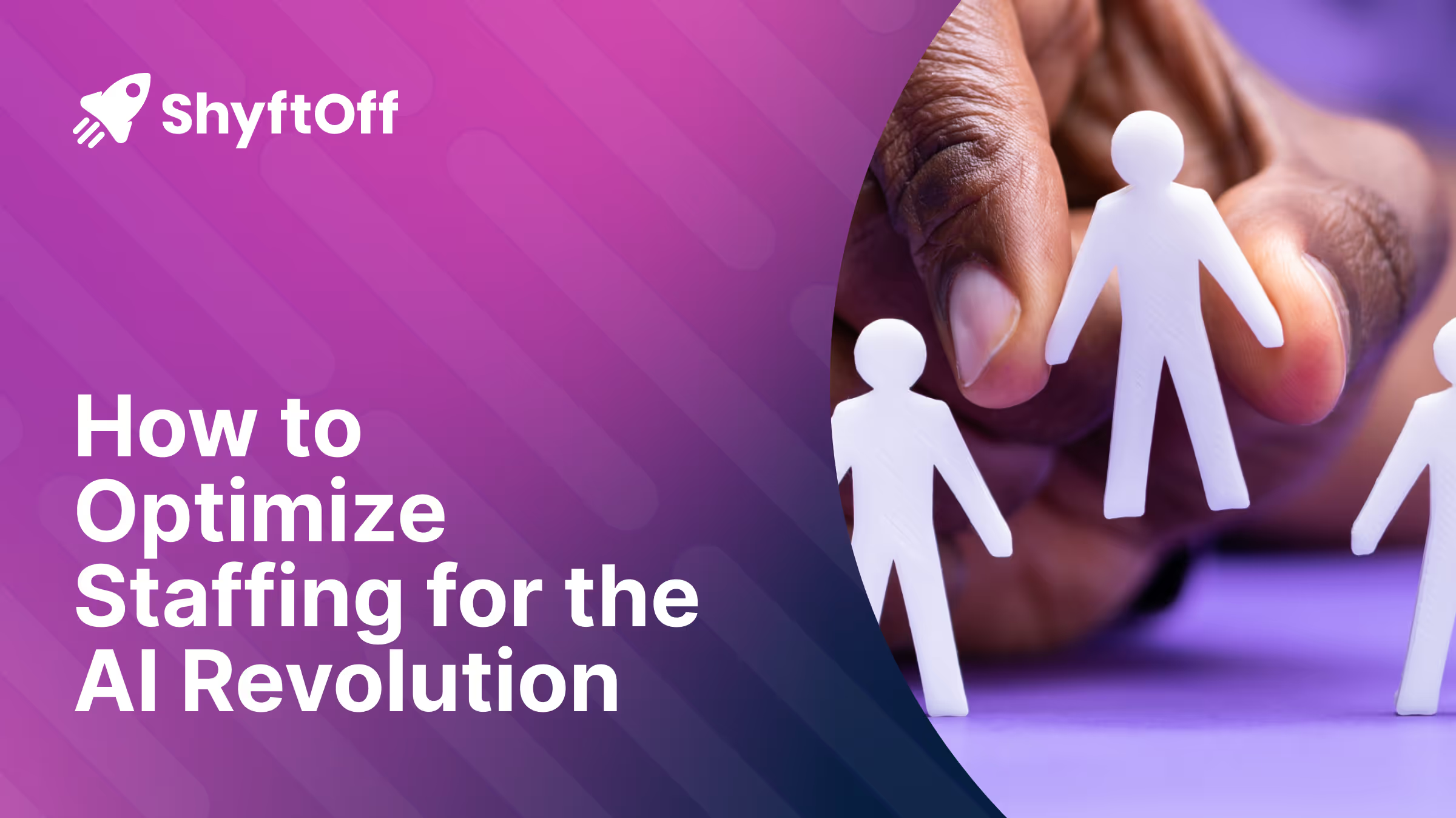
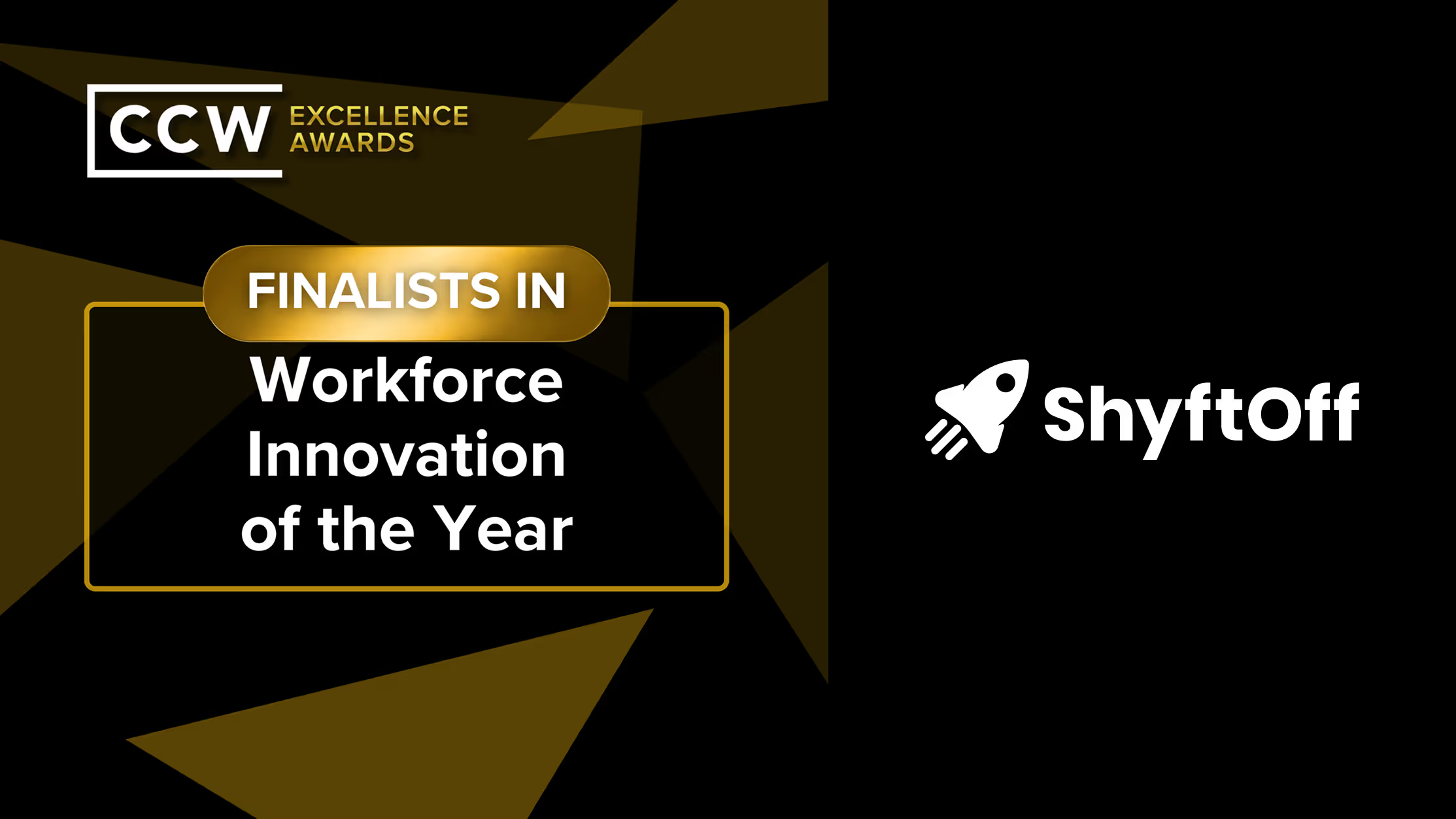



%2520(1)%2520(1).avif)

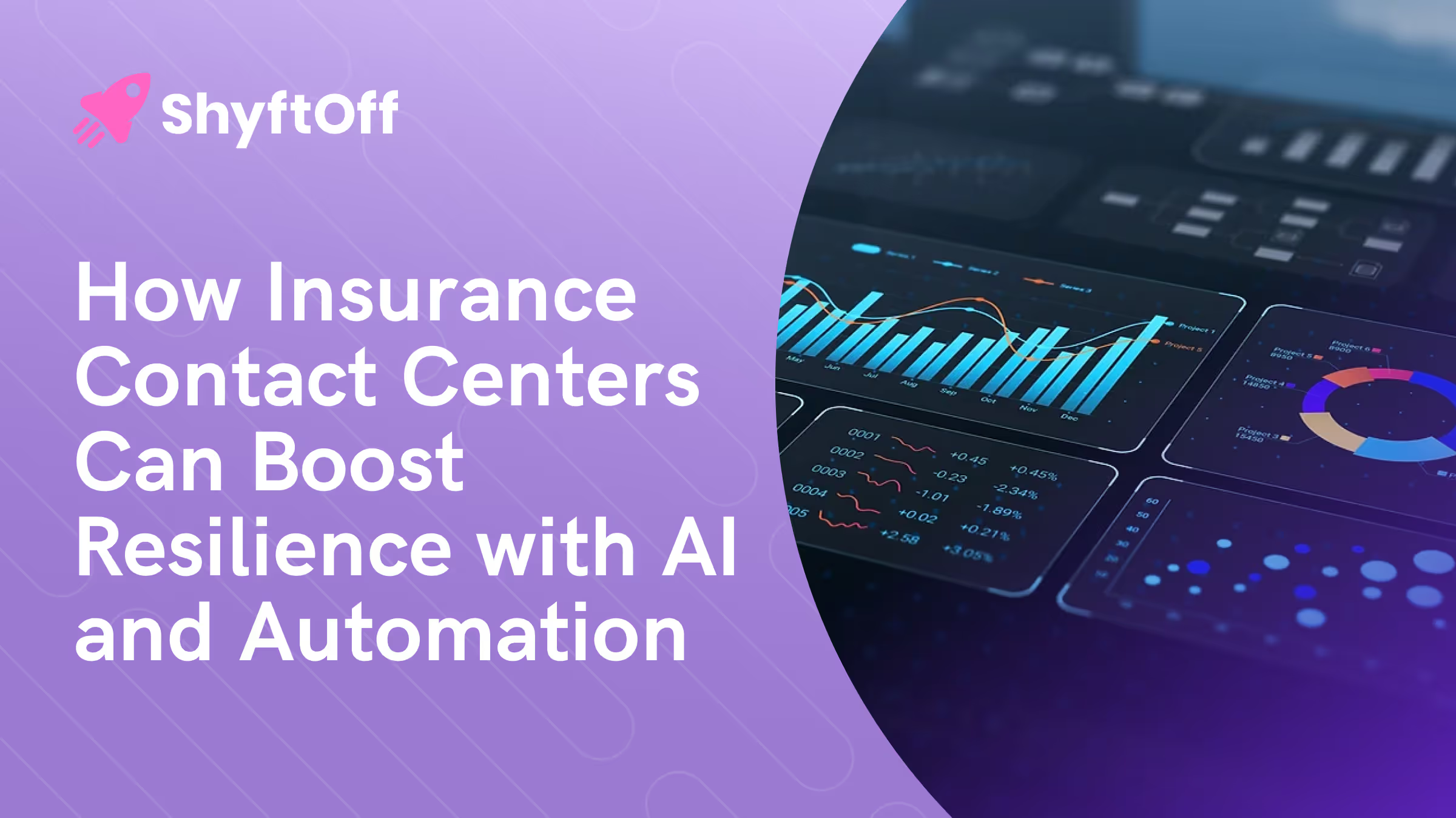
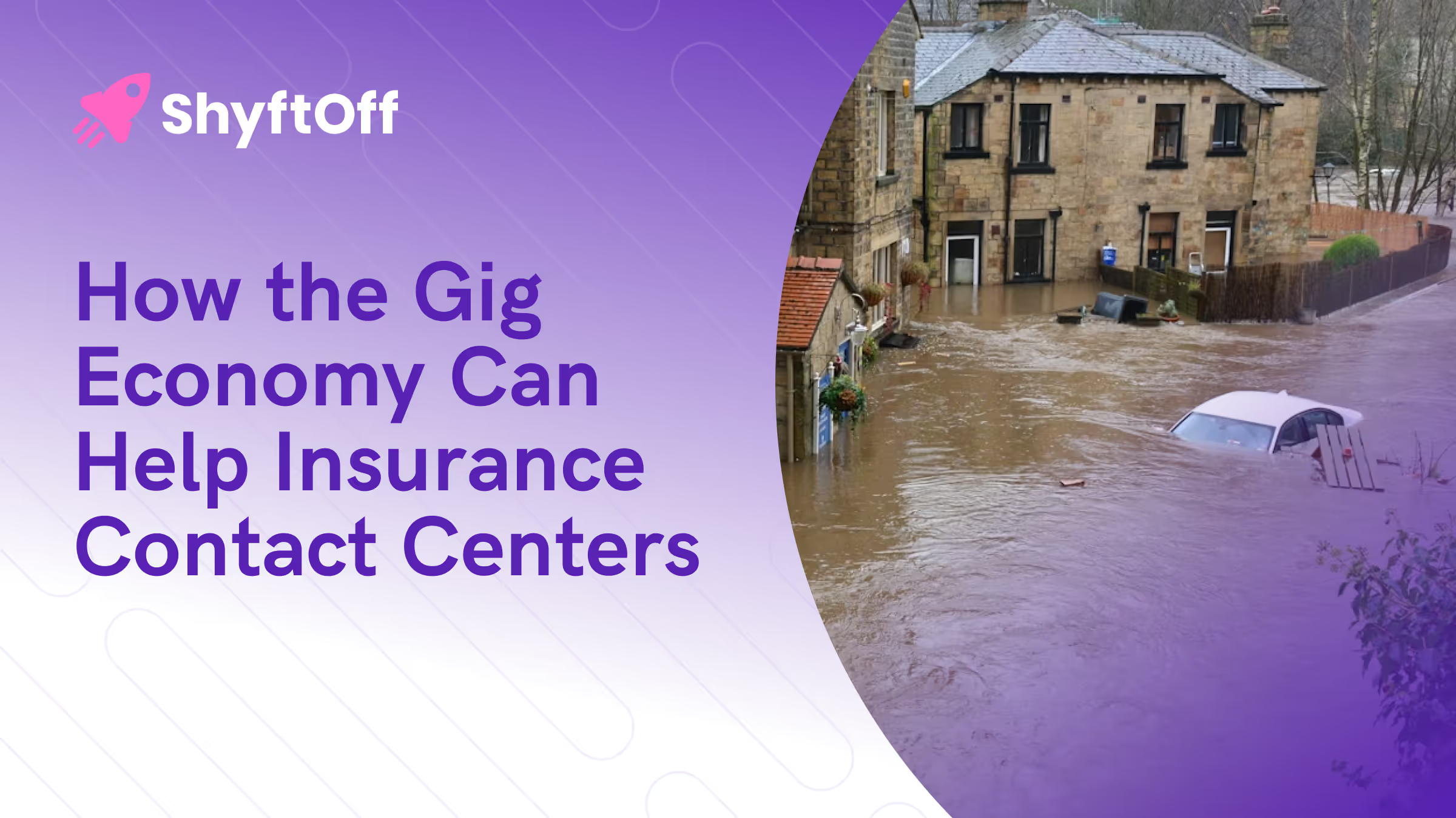


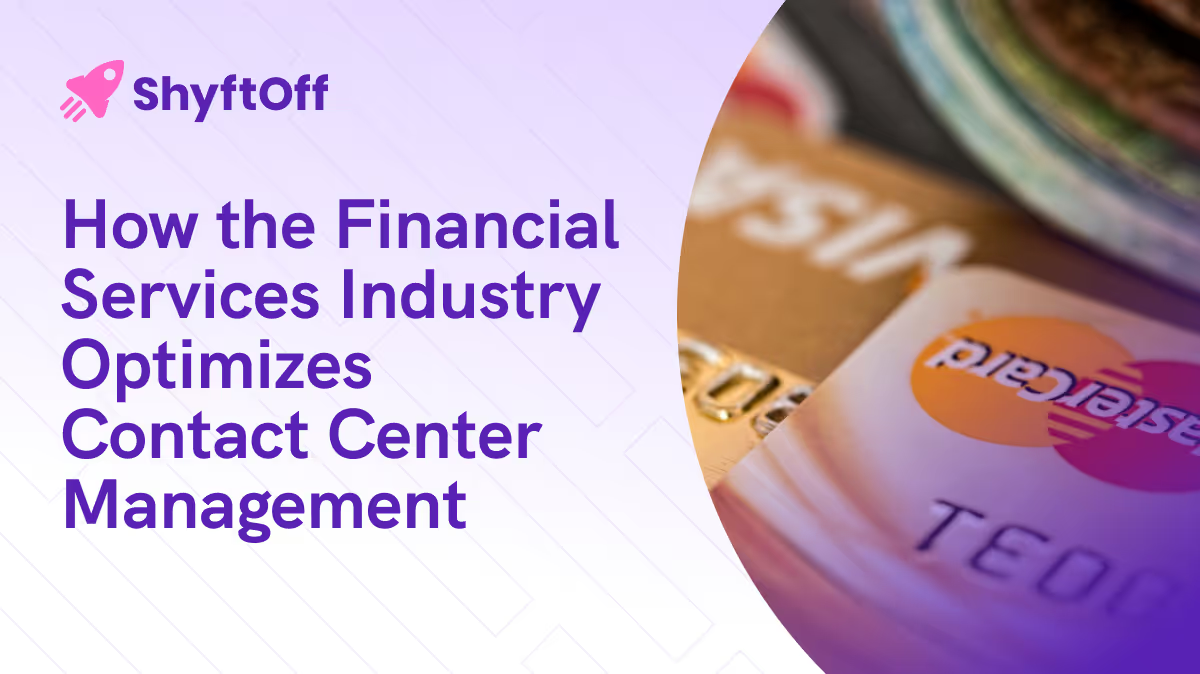


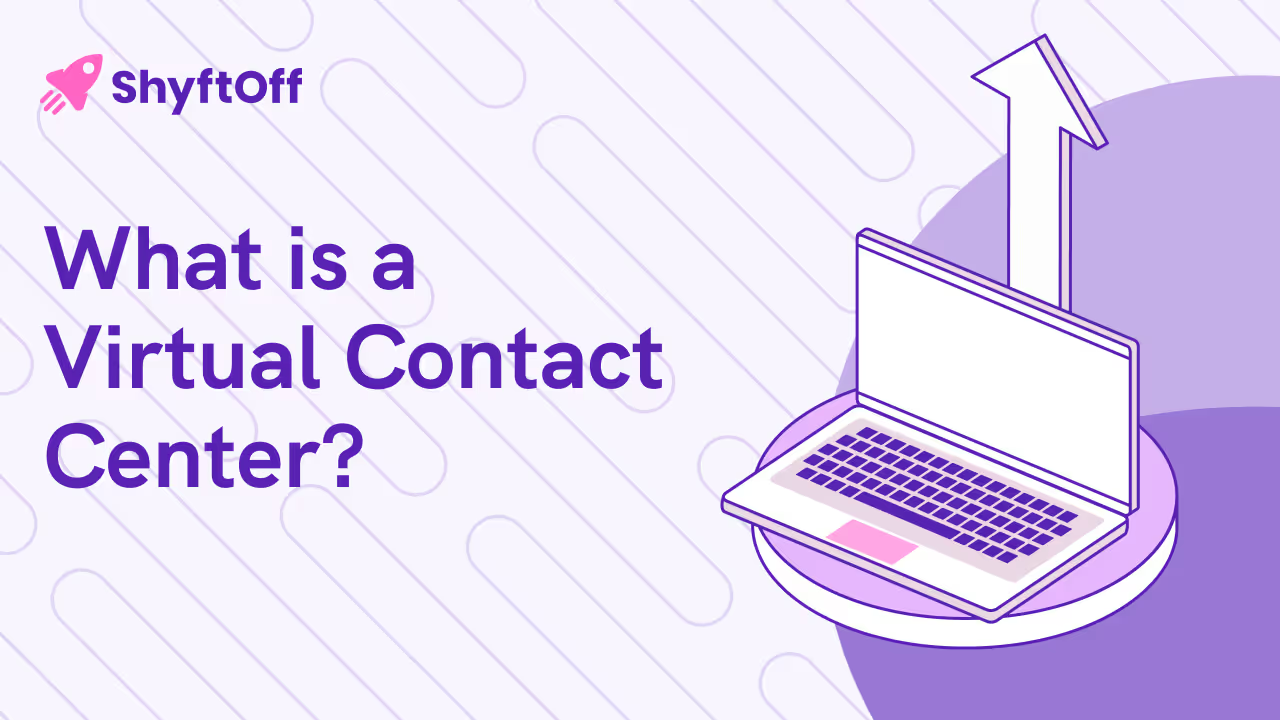
.avif)
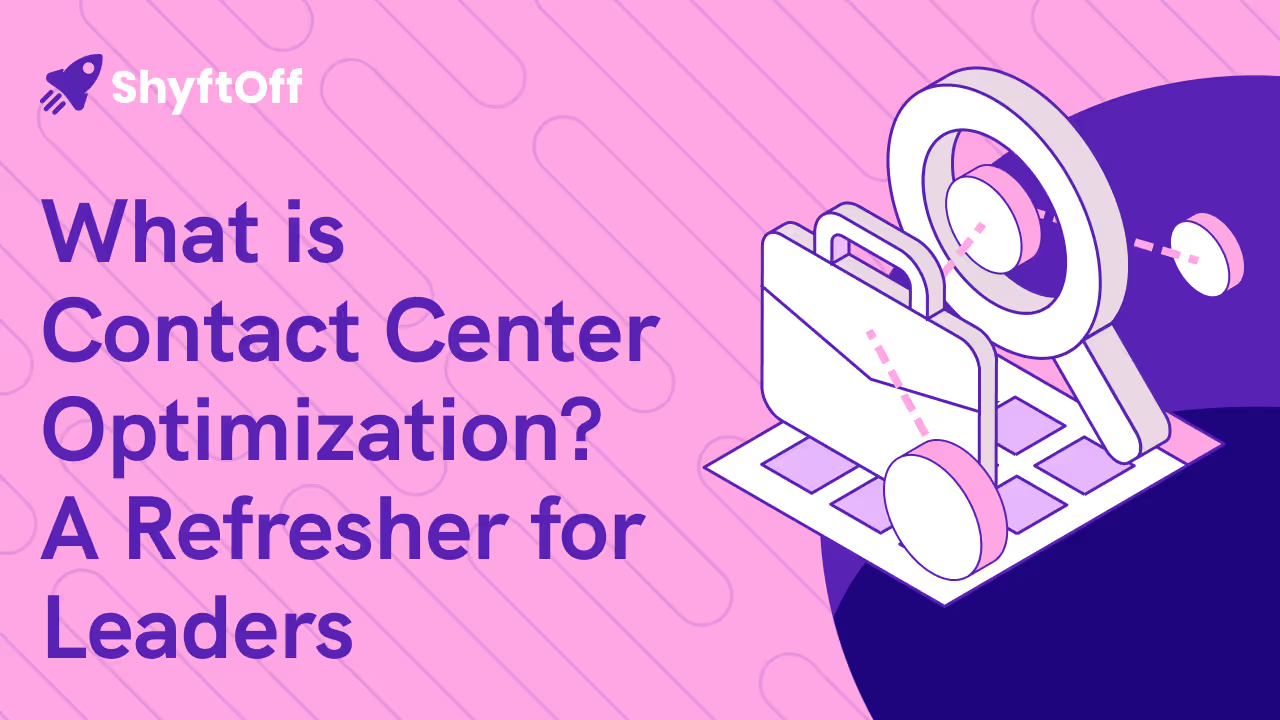

.avif)
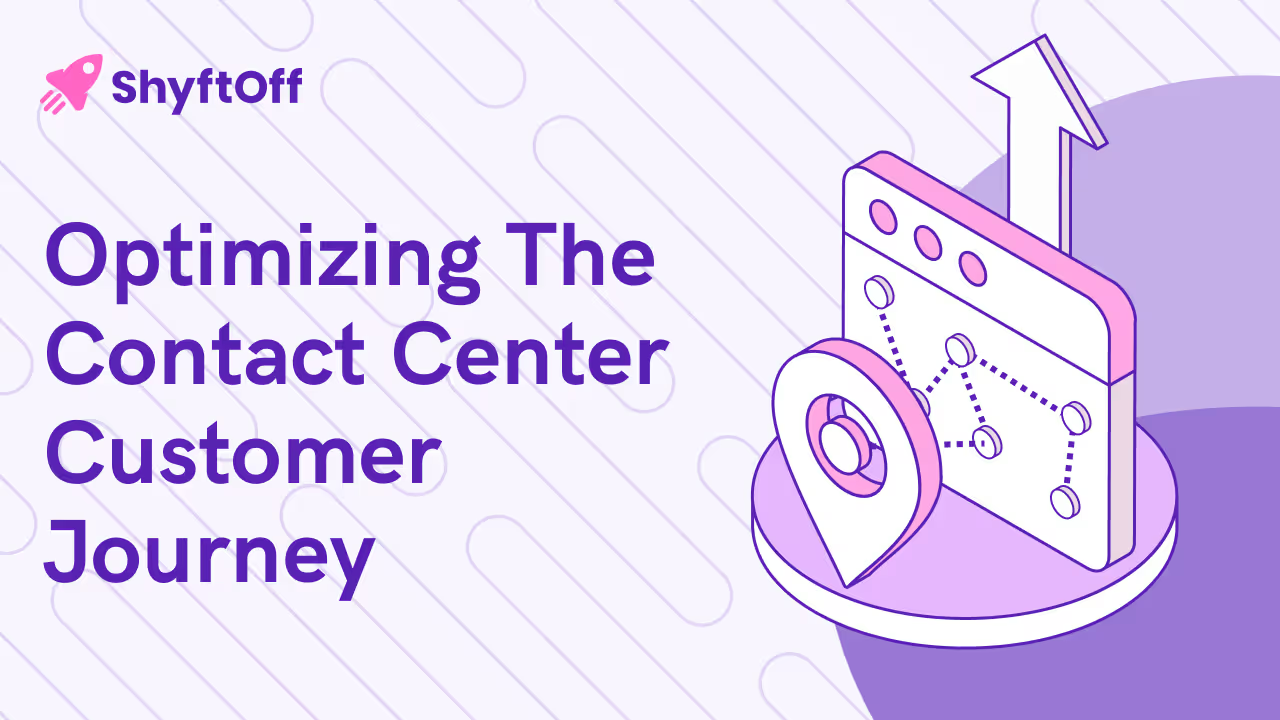

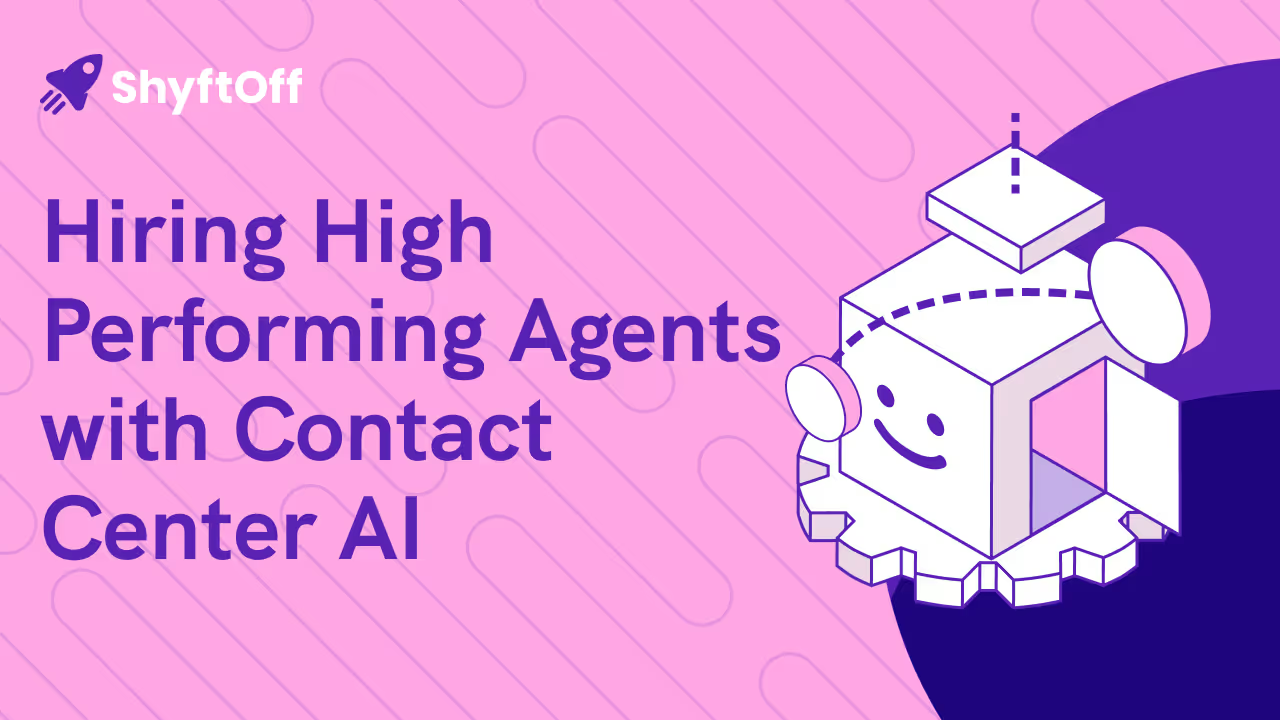


.avif)
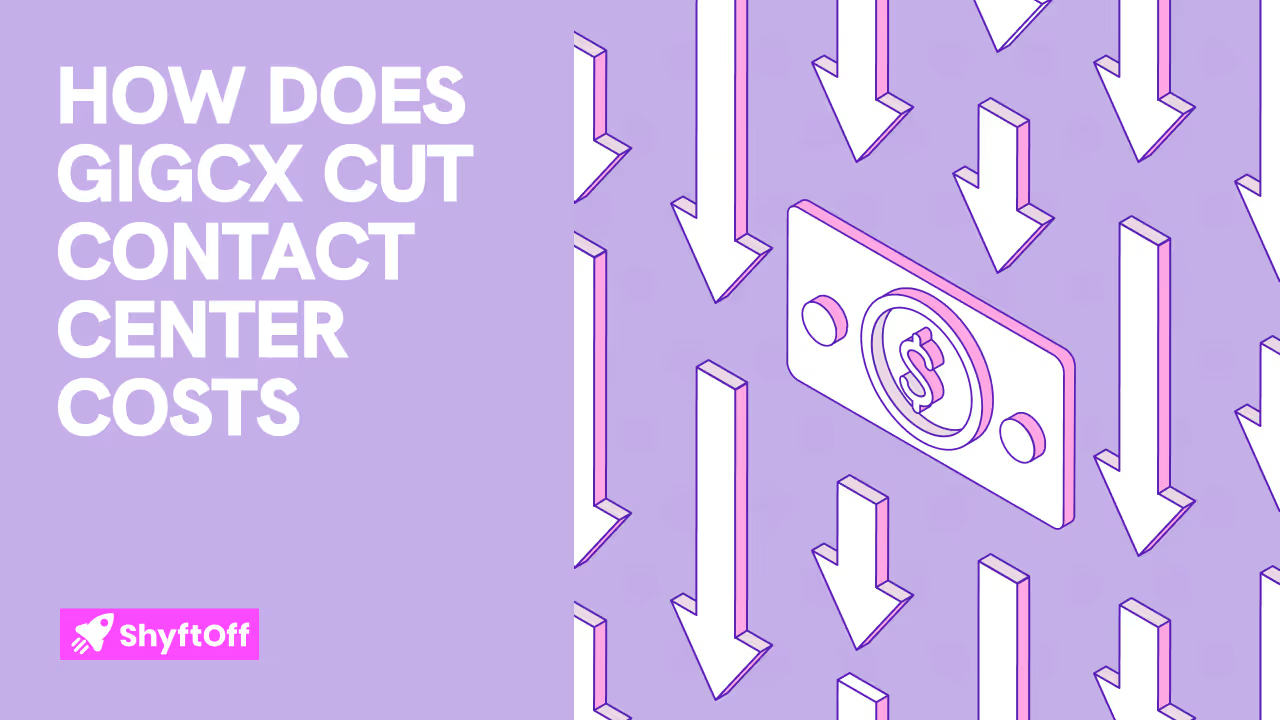
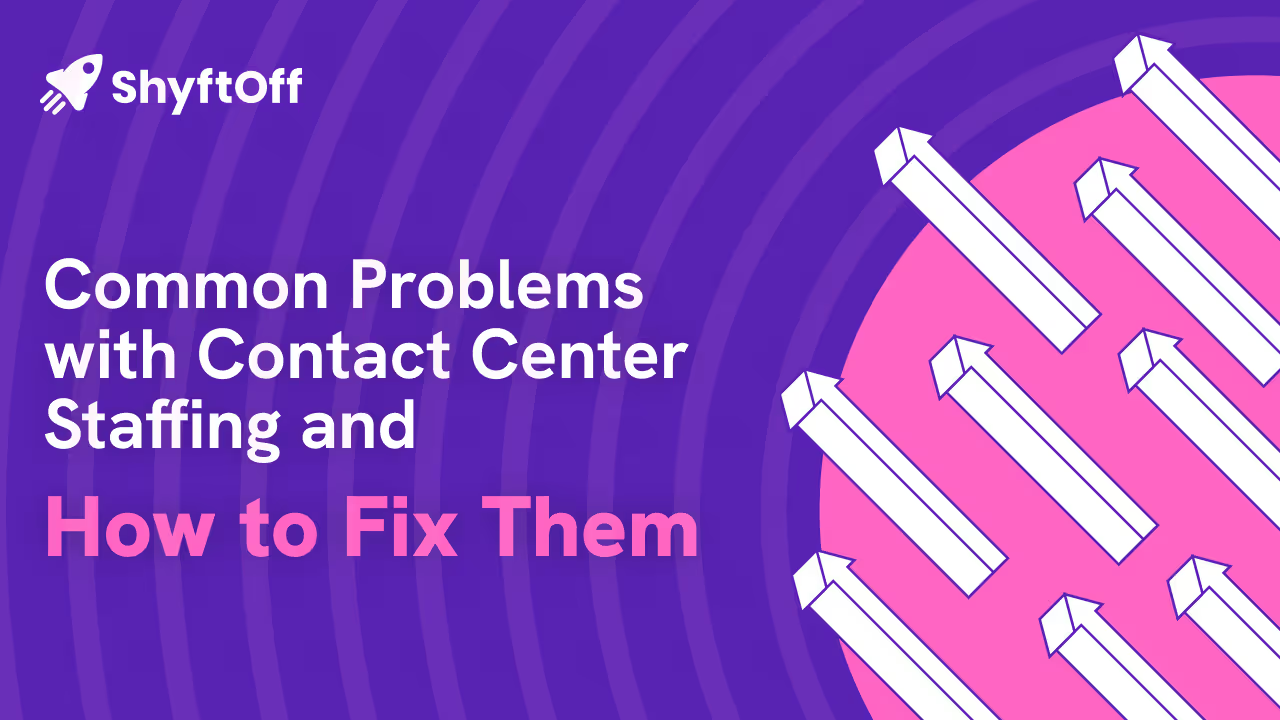

.avif)


.avif)



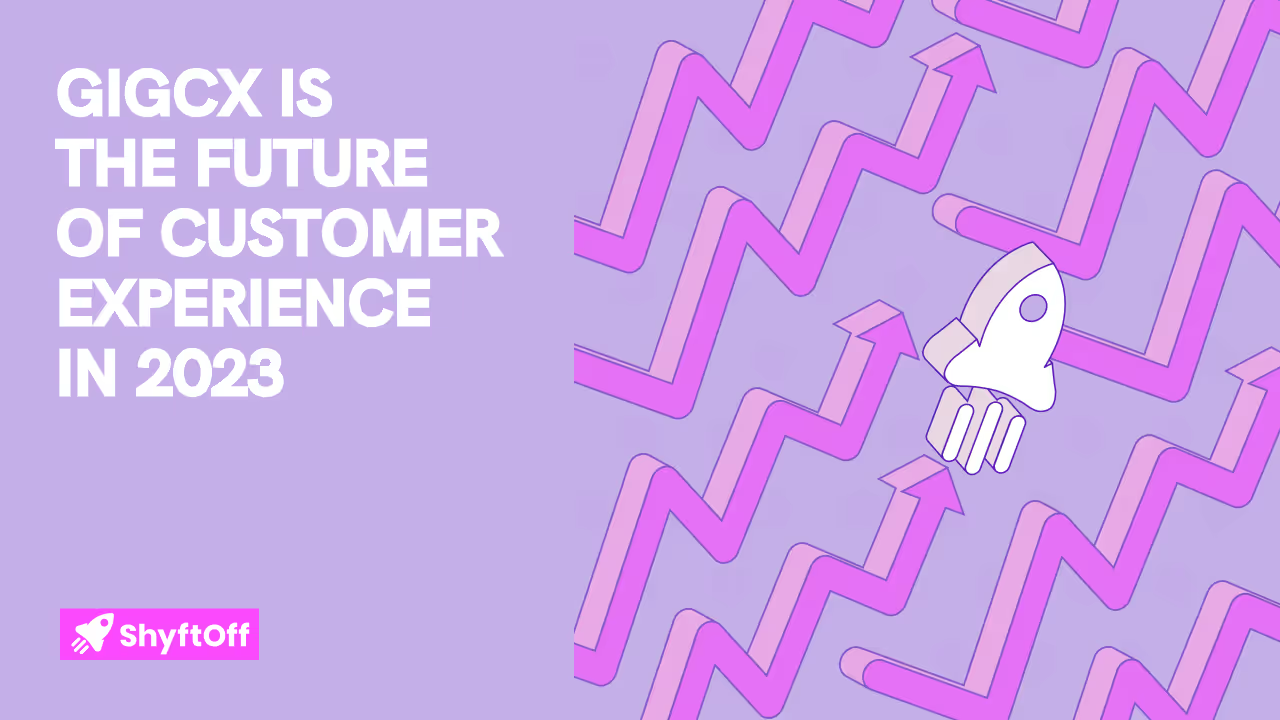
%2520(2).avif)



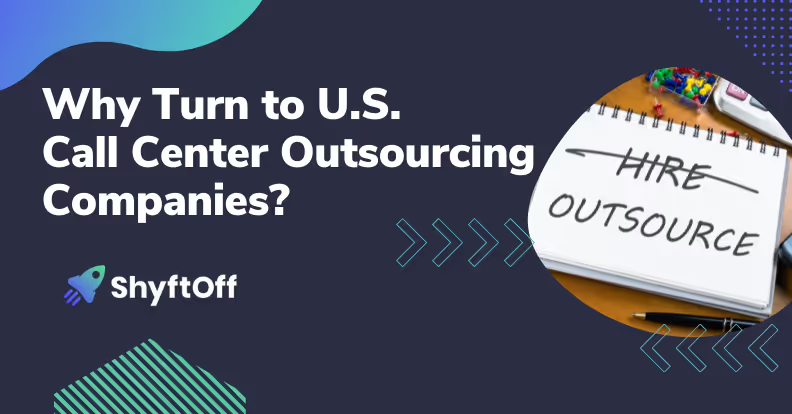




.avif)

